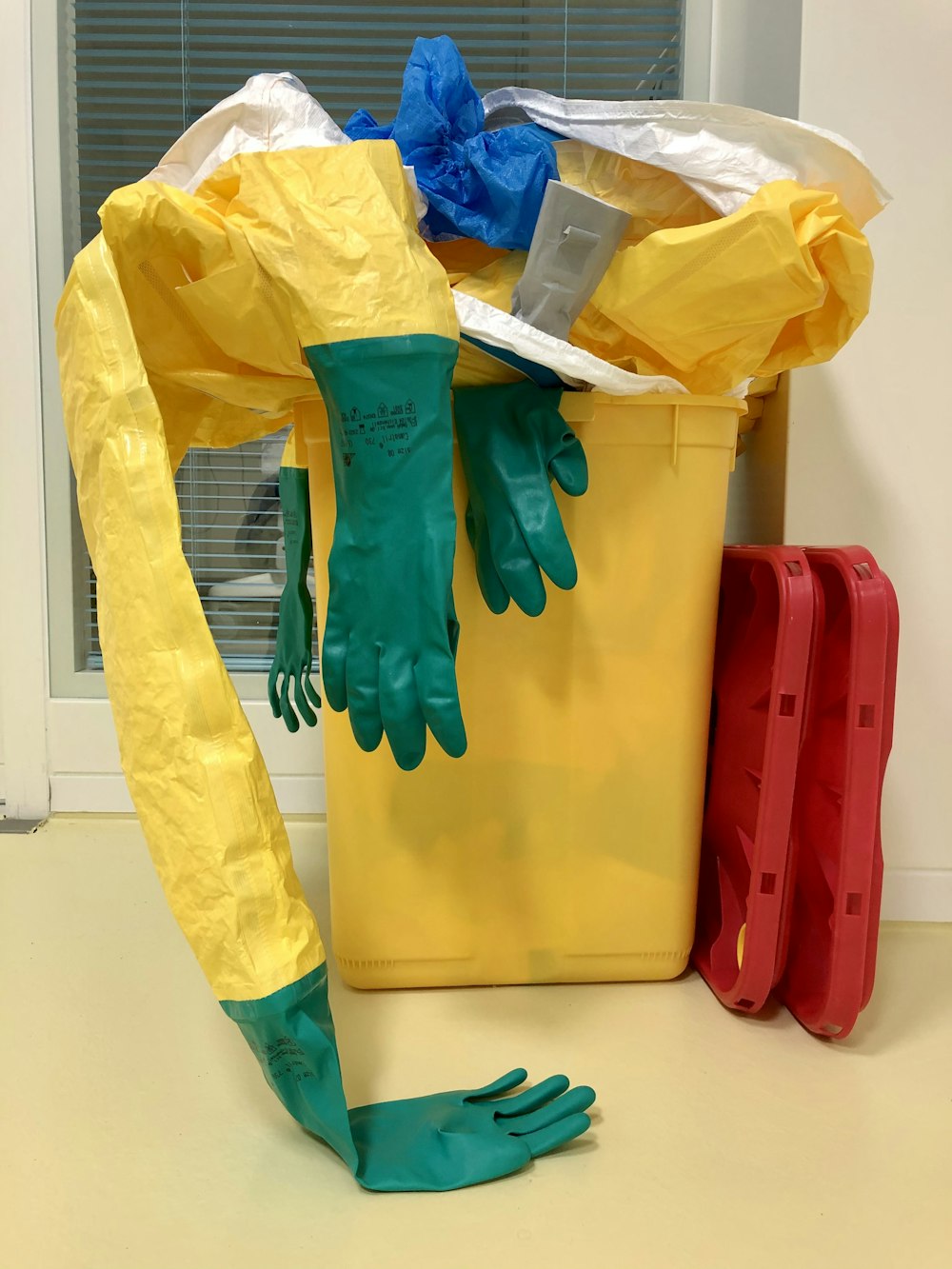Cleanup
procedures for chemical spills depend on the size of the spill and the risks.
Make sure employees understand your cleanup rules.
Even small spills of highly toxic or flammable substances can be
hazardous. Large spills can cause serious injuries to employees and damage to
your facility as well as to have an environmental impact.
Cleanup should begin as soon as possible after a spill has been
detected, contained, and evaluated.
Minor Spills
You may authorize employees in the work area to clean up small
spills if the following conditions are met: (1) The identity of the chemical is
known and employees are authorized to work with it; (2) The MSDS indicates only
minor hazards; (3) The spill is less than about 4 liters (approximately 1
quart); (4) A neutralization or absorption spill kit is available; (5)
Employees have the PPE required by the MSDS for cleanup, and (6) Employees know
how to dispose of spilled materials and have a proper disposal container
Major Spills
Larger, more hazardous spills are generally too much for most
employees to handle. In those cases, you must call in your spill response team.
The spill response team is required whenever: (1) The spill
involves an unknown chemical or mixture of chemicals; (2) The spill involves a
known material that the MSDS indicates is highly toxic, highly corrosive,
flammable, reactive, or radioactive; (3) The spill is in a public area and
could spread to other areas; (4) Workers are unsure of the proper cleanup
methods; and (5) In most cases, the spill is larger than 4 liters.
In the event of a major spill, employees other than the spill response team should evacuate the area, remove any contaminated clothing
or PPE, and only return to the area when told it is safe to do so. Any
employees who have had unprotected exposure should have a medical
evaluation.


